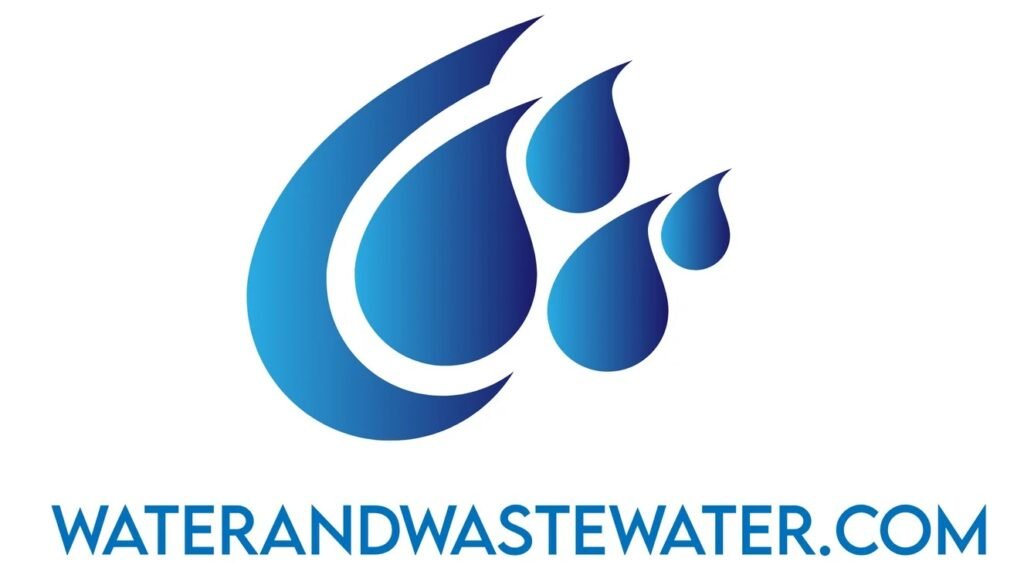Best Available Technology for PFAS
Best Available Technology for PFAS: A Comprehensive Guide
Introduction
Per- and polyfluoroalkyl substances (PFAS), often dubbed "forever chemicals," are a class of synthetic compounds that pose substantial environmental and public health challenges. The presence of PFAS in drinking water has raised significant concerns, triggering strict regulatory responses and necessitating the adoption of effective remediation technologies. As of July 30, 2025, understanding the best available technology (BAT) for PFAS removal is paramount for engineers, municipal leaders, and environmental managers facing the escalating demand for safe drinking water. This article will delve into the current technological landscape, highlight effective solutions, and synthesize the available data to guide decision-makers in selecting the optimal PFAS treatment approaches.
Understanding PFAS: The Need for Effective Solutions
The PFAS Challenge
PFAS encompass over 4,700 chemicals, primarily recognized for their industrial applications, including firefighting foams, non-stick cookware, and stain-resistant fabrics. Due to their persistent nature, they accumulate in the environment and human bodies, leading to potential health risks such as reproductive issues, immune system effects, and increased cancer risk. Regulatory bodies, including the Environmental Protection Agency (EPA), have established guidelines, such as the Lifetime Health Advisory for certain PFAS compounds, compelling organizations to adopt effective remediation measures.
User Intent and Audience
The primary user intent behind the search for the "best available technology for PFAS" can be classified as Problem/Solution. The likely audience includes:
- Environmental Engineers
- Municipal Water Treatment Plant Operators
- Regulatory Agencies
- Project Managers and Directors of Environmental Services
- NGOs focused on water quality and public health
Overview of Treatment Technologies for PFAS
Categories of PFAS Treatment Technologies
PFAS remediation technologies vary widely, and understanding these categories will help guide the selection process:
-
Absorption Technologies
- Activated carbon systems
- Ion exchange resins
-
Membrane Technologies
- Reverse osmosis systems
- Nanofiltration
-
Destruction Technologies
- Advanced Oxidation Processes (AOP)
- Thermal Destruction
-
Biological Treatment
- Microbial degradation methods
- Hybrid Methods
- Combining two or more technologies for enhanced effectiveness
Best Available Technologies for PFAS
1. Activated Carbon Systems
Activated carbon is one of the most widely used technologies due to its efficacy in adsorbing PFAS. Recent studies show that granular activated carbon (GAC) can effectively reduce PFAS concentrations below regulatory limits, particularly for long-chain PFAS, which are more challenging to remove. However, performance can vary based on the specific PFAS chemicals present and the carbon’s characteristics. It’s essential to regularly monitor and replace carbon to maintain performance efficacy.
2. Ion Exchange Resins
Ion exchange technologies have emerged as a competitive option in PFAS treatment. Specially designed ion exchange resins can selectively remove PFAS from water, showing high effectiveness even at low concentrations. For example, the adsorption capacity of these resins for PFAS can reach up to 90% in various scenarios.
3. Reverse Osmosis (RO)
Reverse osmosis is regarded as a robust solution for removing PFAS, particularly smaller chain substances. Industry analysis from 2024 shows that RO systems can achieve removal efficiencies exceeding 99% for target PFAS. However, challenges remain, including fouling and the management of concentrate streams that may still contain harmful substances.
4. Advanced Oxidation Processes (AOP)
AOPs, which involve generating hydroxyl radicals, represent a forward-thinking approach to PFAS treatment. Technologies such as ozonation and hydrogen peroxide in combination with ultraviolet light have shown promise in decomposing PFAS compounds. A recent study indicated a degradation efficiency of over 95% within specific conditions, marking AOPs as a frontier technology for PFAS destruction.
5. Thermal Destruction
Thermal destruction technologies, including incineration and plasma-assisted methods, break down PFAS at high temperatures. Though effective, these methods are operationally intensive and raise safety and environmental concerns. The EPA has developed guidelines for safe thermal treatment, emphasizing the need for proper emission controls to prevent the release of secondary pollutants.
6. Emerging Technologies and Research
Ongoing research has led to the development of innovative technologies such as photocatalytic degradation and the use of novel materials (e.g., biochar). These methods show promise in laboratory settings, but large-scale application remains limited, necessitating further validation.
Regulatory Considerations
Federal Guidelines and Standards
As of July 2025, the EPA issued stricter regulations aiming to limit PFAS in drinking water. The agency proposed enforceable limits for several common PFAS, driving municipalities to adopt BAT. Compliance with these regulations mandates the use of reliable PFAS removal technologies to safeguard public health.
State Initiatives and Innovations
States have taken the initiative to implement stricter standards than federal guidelines, enhancing public awareness about PFAS contamination. Several states have mandated that local water treatment facilities implement specific treatment technologies, leading to innovations in PFAS removal strategies.
Cost Considerations and Implementation Challenges
Economic Feasibility
The cost of implementing PFAS treatment technologies can vary widely. Installing activated carbon or ion exchange systems may involve lower upfront costs compared to advanced oxidation or thermal processes. Nevertheless, ongoing operational and maintenance costs, such as periodic replacement and monitoring, must be factored into any budget considerations.
Operational Challenges
Implementing these technologies necessitates trained personnel for operation and monitoring. Regular testing and adjustments are crucial to maintaining optimal performance and compliance with regulatory standards. Additionally, public communication regarding PFAS contamination and remediation efforts is vital for community trust and transparency.
Conclusion
The persistent challenge posed by PFAS necessitates immediate action, and the selection of best available technology is paramount for effective remediation efforts. From established methods such as activated carbon and ion exchange systems to advanced oxidation processes and thermal destruction techniques, this comprehensive guide serves to inform decision-makers on the most effective PFAS treatment strategies. By staying abreast of technological developments and regulatory requirements, environmental engineers and municipal leaders can effectively safeguard public health and ensure compliance with regulatory standards. As research and innovation continue to unfold, the landscape for PFAS remediation is becoming more promising, offering new pathways toward a cleaner, safer environment for future generations.


